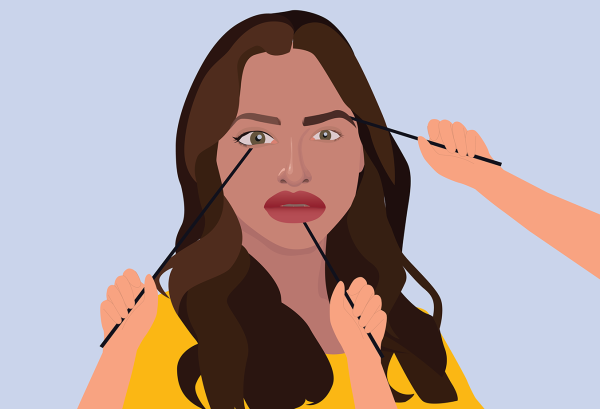Students must be aware of tanning bed risks
February 26, 2009
“True Life: I’m a tanning bed addict.†Award-winning MTV series “True Life†would have girls lining up to appear on this episode. “True Life†reflects on growing problems of youth culture and addictions young adults inhabit. Over a span of a couple years, the number of girls routinely visiting the tanning bed has significantly increased. What starts out as an innocent way to obtain a natural “summer glow†results in an everyday routine, which is anything but natural. The question becomes: Can girls get addicted to the tanning bed and, if yes, are they conscious of their harmful habit?
As Spring Break nears, the line at the local Sun Tan City is out the door and the wait is unbearable. Many health professionals are concerned with the dangers of diets and weight loss that Spring Break encourages, but the tanning bed never makes the list of damaging Spring Break health risks. I would argue more girls are spending time in tanning beds than engaging in harmful weight loss programs. Most commonly referred to as the “cancer box†or the “fake-n-bake,†the appeal of bronze skin seems to override the truthful, shocking slang terms.
I admit, I enjoy the relaxing tanning bed visit but, for many girls, it cycles out of control and becomes part of their everyday to-do list. A schedule is built around the time set aside for tanning. When I walk through the dorm halls, I glance at the dry erase boards hanging on the doors, noticing 2-out-of-5 say “gone tanning†on a daily basis. As girls bask anywhere from 10 to 30 minutes under the UV rays, the growing dangers of cataracts, premature aging and an increased risk of skin cancer does not enter their sun-drenched minds. Many simply walk into Suntan City, pay the shocking $50 registration fee and the $18 a month cost and let their worries melt away. “True Life: Has my tanning bed addiction already spun out of my control?â€
Lindsey Yates
journalism freshman



























































































































































